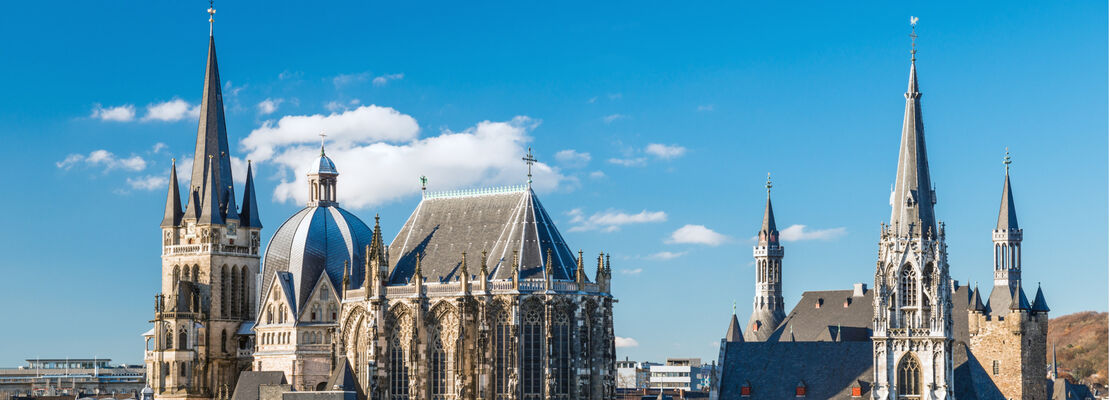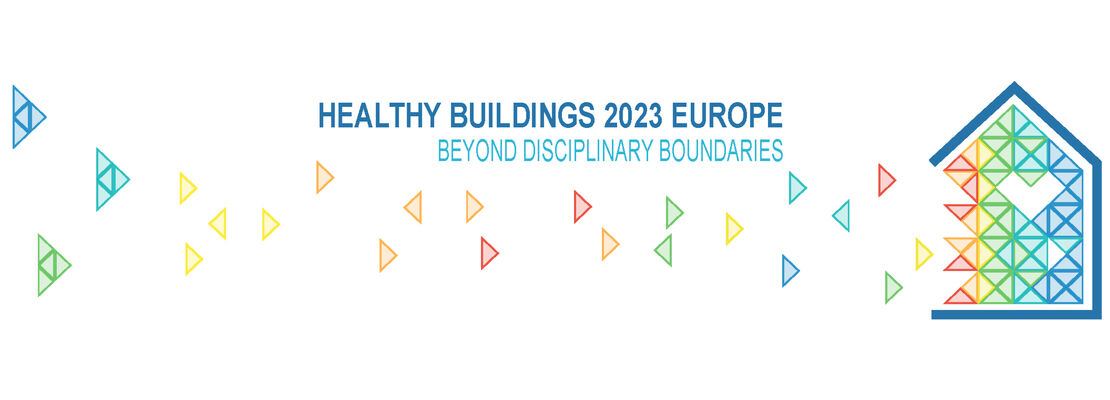History and Rationale
History
Healthy Buildings 2023 Europe is the 18th conference of the related series. The series started in Stockholm, in 1988, supported by the CIB, and co-sponsored by ASHRAE and the WHO. After the successful first conferences, the International Society for Indoor Air Quality (ISIAQ) was founded in 1992. Since then, Healthy buildings conferences are organized every two years by the scientific community as addition to the globally organized Indoor Air conference series. The conferences are hosted alternately so that the outreach to the scientific community is enhanced. Even though other “Healthy Buildings” franchizes have appeared ever since, the ISIAQ continues in hosting the original series. The Indoor Air conference series mainly focus on science, while the Healthy Buildings conference series addresses both science and the transfer to practice, simultaneously. Furthermore, Healthy Buildings gives opportunity to address specific issues solely related to a geographical region. Based on this, Healthy Buildings conferences do not only attract researchers but also practitioners of various professional backgrounds, including manufacturers, hygienists, facility managers, real-estate owners, building product suppliers, and many more!
Healthy Buildings 2023 Europe is the first ISIAQ related conference in Germany since Indoor Air 1987 which was hosted in Berlin. We therefore want to contribute to the German ISIAQ chapter.
Rationale
The last decades offered a multitude of knowledge gained and solutions developed within individual disciplines. The sensible application thereof however requires a holistic understanding of interdependencies between and across disciplines. At the same time, current crises, such as climate change and COVID-19 pandemic, show the need for inter- and transdisciplinary collaboration to shape the future of healthy and stimulating built environments. This is the background upon which we selected the conference theme „Beyond disciplinary boundaries – Transdisciplinary perspectives on multisensory stimulation for innovative and creative solutions in a Post-Covid era.”
In line with the rationale of integrative problem definition and solution-finding, key organizers were selected from distinct departments spanning from medicine, over civil engineering, mechanical engineering to electrical engineering and information technology. Further key organizers were selected to further include the connection to building design and operation practice. We put a focus on inter- and transdisciplinary panel discussions and workshops in order to bring researchers from different disciplines together and to promote joint efforts for existing challenges.
Proposed activities related to practitioners will include dedicated sessions to exchange challenges and solutions between practitioners and researchers. The scientific program includes daily slots for workshops conducted by those from building design (architects, engineers, and related companies) and operation (facility management, occupational safety and medicine, and related companies). These activities will lay the groundwork to apply for the recognition of joint developmental programs both at the Chamber of Architects, and medical education institutions. In addition, a trade exhibition is envisioned as accompanying program.
Moreover, as interdisciplinary thinking starts best at young age, a one-day interdisciplinary summer school for students and PhD-candidates will be held, in which existing challenges will be tackled jointly.










